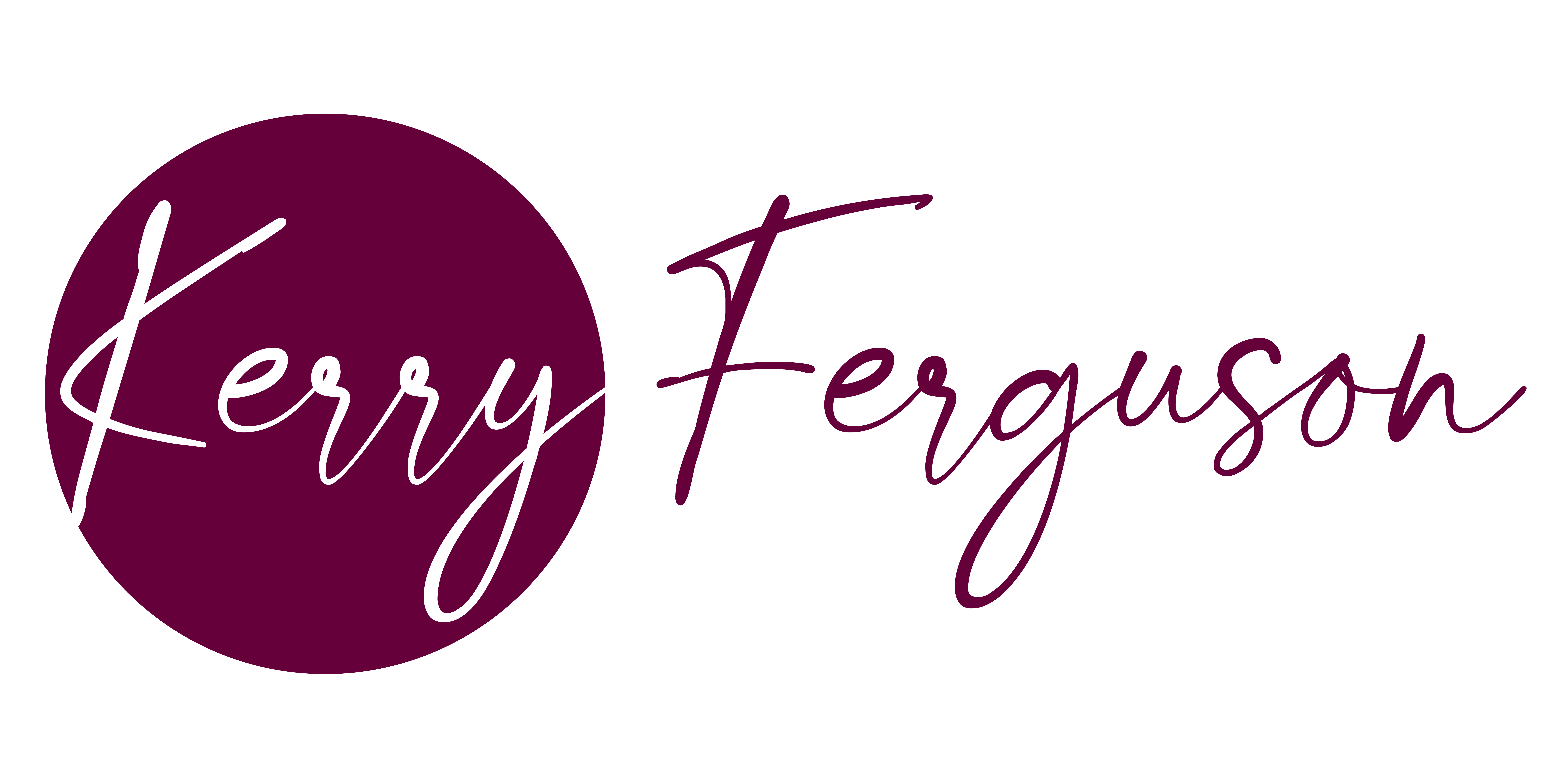The digital landscape is ever-evolving, and as we navigate through 2023, it’s essential to keep up to date with the latest trends in website design. A great design not only aesthetically appeals to visitors but also enhances user experience, drives better engagement and those all important conversion rates. Here are the top 5 website design trends making waves this year so far:
1. Vibrant and Diverse Color Palettes
In 2023, designers are throwing caution to the wind and embracing vibrant, bold colors. The days of minimalistic monochrome designs are giving way to palettes that reflect optimism, diversity, and creativity. It’s not just about choosing bright colors, though; it’s about mixing and matching them in unexpected ways, challenging traditional design boundaries and creating a visually captivating experience for visitors. Personally, I am ALL about this trend – there is nothing more de-motivating than working with a dull, flat brand palette. I want colour, and inspiration!
2. Multidimensional Scrolling
Scrolling isn’t just up and down anymore. Designers are leveraging horizontal, diagonal, and even rotational scrolling to add an element of surprise and engagement. This multidimensional approach creates an interactive narrative, guiding visitors through the content in a more dynamic, story-like manner. I’ve yet to use this myself, I think it’s a step too far for my clients personally, but I have seen it on larger companies and when do properly, it does work well.
3. Virtual and Augmented Reality Integration
With technology constantly advancing, VR and AR have now moved beyond gaming and into website design. Whether it’s a 360-degree product showcase or an immersive virtual brand experience, integrating these technologies offers visitors an engaging and interactive space to interact with your content, setting your website apart from the rest. The use of VR and AR is a constant discussion these days at social media & web conferences, so how will you utilise it?
4. Personalised User Experiences
User experience (UX) has always been paramount, but 2023 sees a shift towards ultra-personalised web experiences. AI-driven algorithms now analyse user behavior, preferences, and past interactions to curate tailored content and design elements for individual visitors. Imagine a website adapting in real-time to provide the most relevant content or design aesthetics to a particular user. It’s like having a personal concierge for every visitor, making them feel truly special. Again, this is something we haven’t touched on in our web development projects, but it’s certainly a really exciting prospect. Is it something for 2023 though, I’m not sure. Perhaps it’s more 2025?!
5. Neomorphic Designs
Neomorphism, a design trend that started gaining traction a couple of years ago, has come into full swing in 2023. It is characterised by a design that mimics physical objects through subtle shadows, highlights, and layered elements. The result is an interface that seems almost touchable, bridging the gap between the digital and the physical worlds. While it’s a challenge to get right, when done well, it offers a tactile, intuitive experience for users.
In Conclusion
Website design in 2023 is all about breaking boundaries, both in color and form. As technology continues to advance, integrating it seamlessly into design will be key. Whether it’s through vibrant color palettes, engaging scroll experiences, immersive AR/VR elements, personalised UX, or tactile neomorphic designs, the focus is on creating memorable experiences that captivate and engage. As we progress through the year, it will be exciting to see how these trends further evolve and shape the digital world, and what will come our way in 2024.
